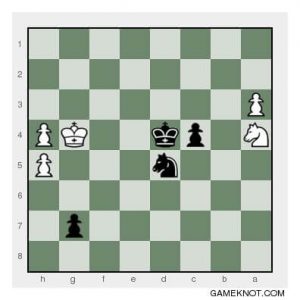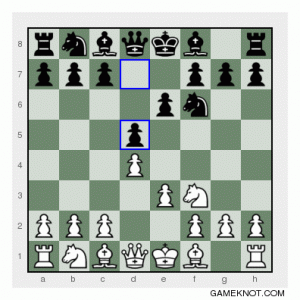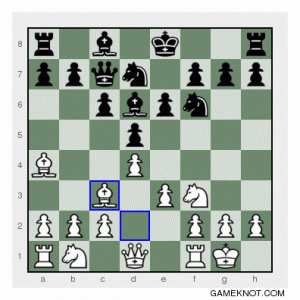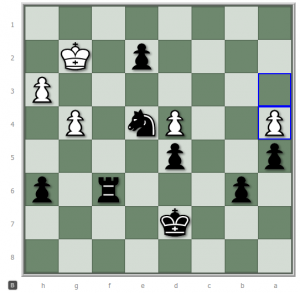
In searching for the best starting moves in chess, White is confronted with twenty possible first moves. White may move any one of his eight pawns one or two spaces forward. White may also move either of his knights onto the third row, to a3, c3, f3 or h3.
Of those twenty possibilities, the best starting moves in chess are those that attack the centre or help development. So forget about starting with your flanking pawns.
Also, do not start by moving one of your knights to the edge of the board.
e4 and d4: The Two Best Starting Moves in Chess
There are two options that most people agree are the best starting moves in chess. They are 1.e4 and 1.d4. That is, White begins by moving either the king’s pawn or the queen’s pawn two spaces forward. In either case, white is attacking the centre and preparing to develop his pieces.
The starting moves, 1.e4 and 1.d4 dominate opening theory. The Penguin Book of Chess Openings devotes 209 of the 252 pages of the book to those starting moves.


 4. Bb5+ c6 (easily dealing with the checking Bishop, and completing Black’s pawn set-up)
4. Bb5+ c6 (easily dealing with the checking Bishop, and completing Black’s pawn set-up)
